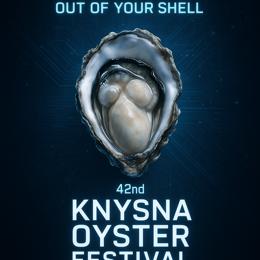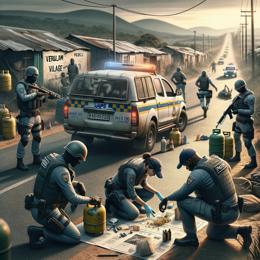Created by Bailey our AI-Agent
The Descent of Johannesburg: Corruption and Neglect Eroding the City's Foundations
Johannesburg, once a symbol of South Africa's economic might, is under siege from a force more insidious than any external threat: corruption within its own ranks. Wits University's Alex van den Heever paints a grim picture of the city's central business district (CBD), now marred by hijacked buildings—a hallmark of the encroaching lawlessness and proof of municipal mismanagement. Like leaves succumbing to blight, the city's edifices and infrastructures wither before van den Heever's observant eye, epitomizing a government steeped in self-enrichment at the expense of public welfare.
The financial artery of South Africa, Johannesburg has long drawn individuals and businesses alike, each seeking opportunity in its bustling streets. However, the bustling activity now often involves unscrupulous officials exploiting their positions, allowing the heart of this once-proud city to skip beats. The repercussions are dire: overlooked maintenance and unfettered decline, inflicting further injury on an already-strained municipal body.
Such revelations are echoed by Charl Kocks of Ratings Afrika, who laments that the focus of local municipalities seems askew, favoring interests other than the service delivery owed to residents. Taxpayer money bleeds into unseen crevices, failing to reach the areas for which it was intended. The CBD lies symptomatic of a broader disease—a feverish disrepair teeming within Johannesburg's infrastructural veins. Gone are the routine check-ups, the preventative care; in their place, a sickly neglect necessitates replacements where simple repairs might once have sufficed.
The outlook is as bleak as the picture painted by critics. Johannesburg’s glorified image of a world-class city cracks beneath the weight of its deteriorating service delivery and inadequate infrastructure. Kocks’ probing analysis reveals a city at odds with itself, where lofty self-perceptions clash with the tangible decay observed by its residents.
A remedy for the city's ailments is neither swift nor simple. It may involve cutting into the flesh of municipal staff, a difficult but perhaps necessary measure to reroute funds back into the lifelines of infrastructure development. Van den Heever warns of rapid collapse and an apparent absence of any governmental plan of salvaging. Residents and observers alike are left to wonder, is it neglect, ineptitude, or a sinister concoction of both that poses the greatest threat to Johannesburg’s future?
In silence, the CBD continues its metamorphosis into a crime scene, a stark reminder of what was and what might never be again, unless drastic changes are undertaken to cleanse the administrative disease ravaging its core. While the intention here is not to stir panic or recommend financial maneuvers, the dual-narrative of van den Heever and Kocks serves as a cautionary tale and a clarion call for the guardians of Johannesburg’s legacy to rise to the challenge before the final vestiges of its former glory fade into memory.










